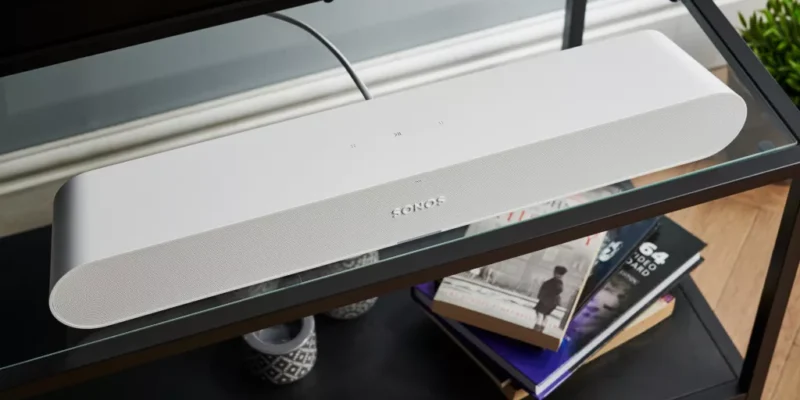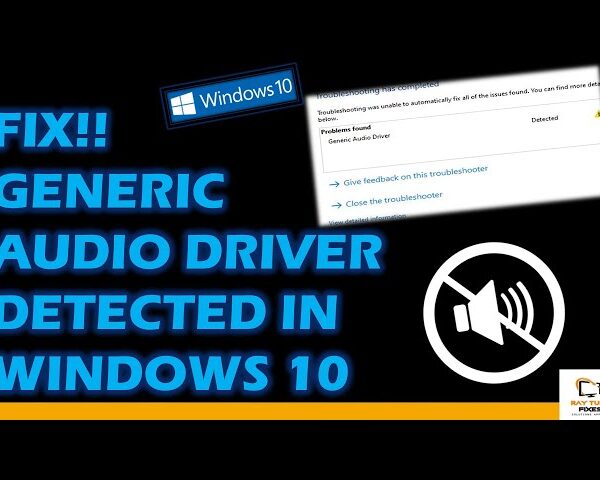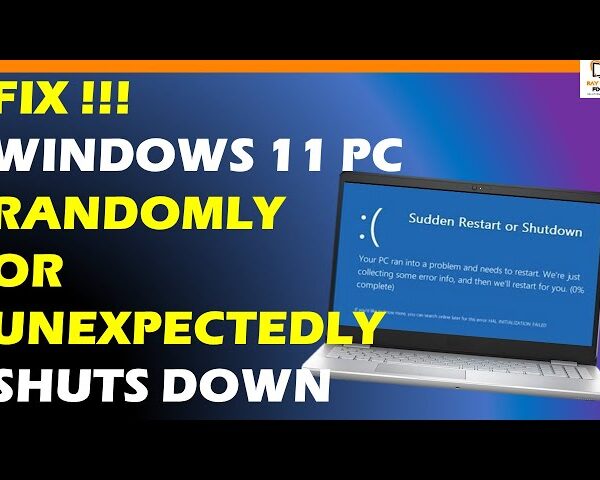5 common soundbar errors, and how to fix them
The entire thought of adding one of the most outstanding soundbars to your TV arrangement is that they should make getting better sound quality in your parlor simple. While it’s valid, however, that any half-good soundbar will probably sound better compared to basically any underlying TV sound framework when you get it out of the crate, there are quite a few slip-ups individuals make while setting up and utilizing their soundbars that can prevent them from sounding their best.
Normally, we need to ensure you’re capitalizing on your well deserved home venue gear, so here we take a gander at five of the most widely recognized mistakes, to assist you with trying not to make your own soundbar blooper.
Table of Contents
1. Not checking your soundbar’s channel balance
While basically all soundbars will end up tucked under a TV screen, the specific room conditions they wind up put in can fluctuate boundlessly. And that implies the sound they produce can likewise shift decisively as it skips off surfaces in your room. What’s more, that goes twofold now that so many soundbars make sound channel impacts explicitly by mirroring their sound off walls and roofs.
Getting the most adjusted and in this way vivid sound from a soundbar will consequently expect you to make up for the irregular characteristics and erraticisms of your specific room design.
Most soundbars let you change the general volumes of their different channels by means of controllers or applications on your telephone, so expecting yours does, sit yourself in your #1 survey position and cycle through the stations your soundbar upholds tweaking one by one until you have the most adjusted by and large sound.
Ideally your soundbar will have an auto-alignment framework, where mics in the fundamental soundbar or controller pay attention to test signals and naturally change the soundbar’s result likewise. A ton of better quality soundbars have this underlying, and Sonos soundbars can do this through the Sonos application, however provided that you have an iPhone, unfortunately.
2. Enduring sound slack thanks to ARC/eARC
On paper, the sound return channel (ARC) innovation that is essential for the HDMI association determination is a fabulous thought. All things considered, it lets TVs that help ARC send their sound out by means of ARC-confirmed HDMI associations with outer gadgets, for example, soundbars and AV collectors, lessening cabling migraines and basically transforming your TV into a helpful sound ‘exchanging gadget’.
Actually, however, ARC isn’t generally the gift it sounds. It’s become scandalous throughout the years for making sound become disengaged from the photos with some AV arrangements, so that entertainers’ lips move in conflict with the words you’re hearing them say.
Honestly, this is in no way, shape or form widespread with ARC. In numerous arrangements it turns out great. It proceeds, nonetheless, to be one of the most widely recognized sound protests we catch wind of. Luckily, if this influences your soundbar while utilizing ARC, there are things you can do about it.
In the first place, a few TVs and soundbars give choices to changing the sound timing to attempt to fix potential sync mistakes, and this is a decent spot to begin. However, in any case, these changes can be elusive and don’t necessarily completely address the issue.
Experience proposes that occasionally once source can cause sound slack in a framework while others don’t, so you could end up continuing to change the sound slack settings (in the event that your stuff upholds them) over and over.
Considering this, the most effective way to restrict sound sync issues is to utilize your soundbar’s HDMI passthrough framework, assuming that it has one. Some soundbars have a HDMI input as well as a HDMI association with the TV, and they can go through video to the TV, yet take the sound en route.
Assuming that you have one specific source that comes through with a postponement, and if your soundbar has a HDMI passthrough port, interface your source straightforwardly to the soundbar, so it can strip the sound out prior to giving the video to your TV.
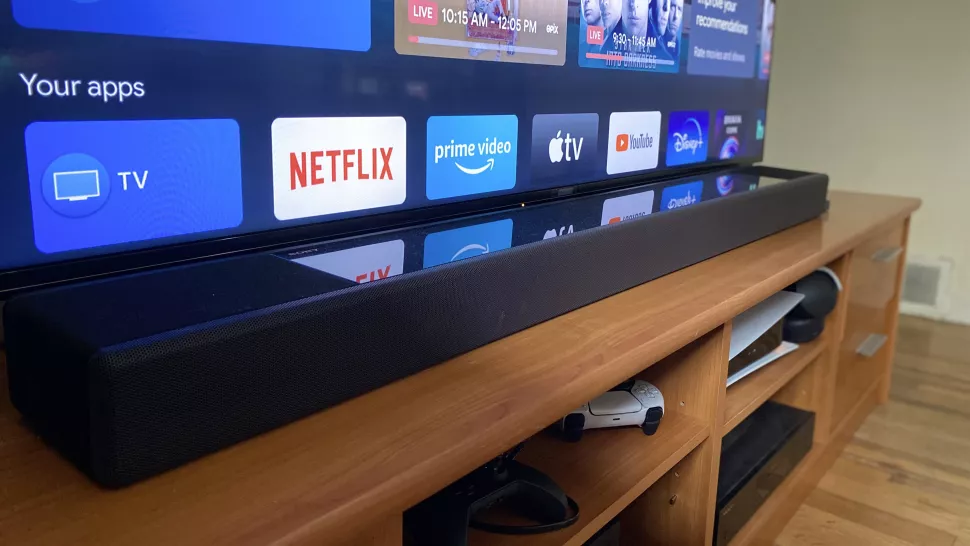

3. Losing progressed HDR and gaming picture quality
Having recently sung the gestures of recognition of the HDMI passthrough frameworks conveyed by some soundbars, there can likewise be a disadvantage to them that you might have to be aware of relying upon the capacities of your TV and sources.
On the off chance that you own a PS5, a Xbox Series X or a PC with a new very good quality designs card, as well as a TV equipped for dealing with 4K goals at 120Hz invigorate rate with VRR, then you will need your soundbar’s HDMI passthrough to be prepared to do passing such state of the art visuals through to your presentation. Tragically, in any case, not many soundbars at present can do this. Attempting to go such signals through will nearly as a general rule see them stripped back to, best case scenario, 4K 60Hz with no factor revive rates.
Indeed, even the most recent LG and Samsung soundbars don’t uphold an adequate number of information transmission capacity over their HDMI ports to convey 4K 120Hz or potentially VRR through to screens, notwithstanding a considerable lot of their most recent TVs supporting such state of the art illustrations highlights.
The Sony HT-A7000 soundbar upholds 4K 120Hz passthrough, however not variable revive rates. However, that is presently it as far as state of the art gaming support by means of HDMI loopthrough in the present soundbar market.
The other issue with HDMI passthrough is that while by far most of soundbars with it presently support going through HDR, many don’t uphold going through the ‘top notch’ HDR10+ and Dolby Vision HDR designs. Or on the other hand, at times, they just help one of these exceptional HDR designs, not both.
LG and Sony soundbars, for example, support passthrough of Dolby Vision, yet not HDR10+. So regardless of whether your TV upholds HDR10+, assuming you circle a HDR10+ signal through a soundbar that doesn’t uphold HDR10+, then your TV will not really get HDR10+. So you’ll lose the image quality advantages related with the additional scene by scene picture data HDR10+ signals convey.
This won’t make any difference, obviously, in the event that your TV of decision doesn’t uphold HDR10+ (many don’t). On the off chance that your TV upholds HDR10+, however, you could either need to go for a soundbar that additionally upholds, it, as the vast majority of Samsung’s most recent models.
The very same applies, obviously, with Dolby Vision. On the off chance that your source can yield it and your TV can play it yet your soundbar can’t pass its additional scene by scene picture information through, on the other hand you’ll lose the image quality benefit Dolby Vision can give you except if you can go the ARC course.
Samsung’s top of the line soundbars amazingly support both HDR10+ and Dolby Vision. However, as an indication of how chaotic the HDR circumstance remains, Samsung’s TVs don’t really uphold Dolby Vision!
To put it plainly, on the off chance that you have a games console, 4K Blu-beam player or streaming gadget you need the most extreme quality from, it is possible that you don’t believe that should go through your soundbar.
4. Not exploring different avenues regarding music modes
Numerous soundbars are planned overwhelmingly in view of film and TV soundtrack playback. In any case, there’s no great explanation on a basic level why they can’t carry out twofold responsibility as quality music players. Truth be told, a developing number of soundbars support both howdy res sound documents and direct gushing from famous music applications.
How great soundbars sound with music, however, can rely enormously upon which sound preset you use. For example, some multi-channel soundbars give default sound modes that basically remix sound system music to exploit every one of the channels a soundbar gives. This is cunning and, where the remixing handling is especially amazing, it can convey shockingly vivid and persuading results.
The upmix interaction can similarly as frequently, however, sound pretty frightful on soundbars that don’t have sufficient sound handling, or where that handling is tuned something else for film sound. In which case you’ll probably have to ensure your soundbar is set to a mode that sticks to straight sound system playback.
To keep you honest, we’ve heard soundbars that sound better with music in their upmix modes than they do in surround sound, and have additionally found that some soundbars sound better in various modes with various melodic kinds.
Most importantly it pays not to be apathetic. Explore different avenues regarding different presets assuming you change to playing music, instead of simply staying with whatever preset your soundbar could believe is the best one.
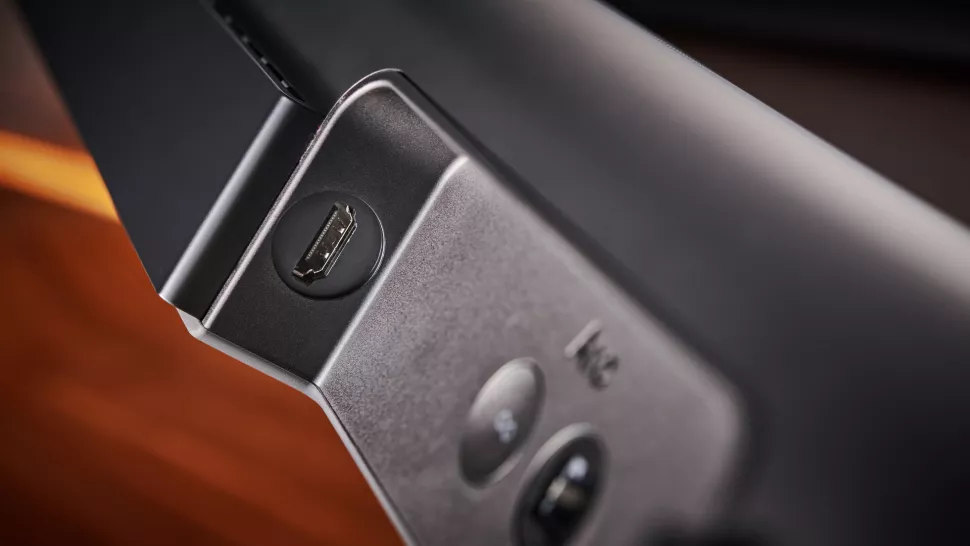

5. Imagining that all forms of Dolby Atmos are equivalent
Dolby Atmos soundtracks are apparently the zenith, close by DTS:X, of the ongoing sound quality world. Since your soundbar could say it’s getting Dolby Atmos, however, doesn’t be guaranteed to mean it’s getting the most ideal adaptation of Dolby Atmos.
Dolby Atmos can really be conveyed in two kinds of ‘compartment’: one called Dolby Digital+, the other called True HD. The DD+ choice is a compacted rendition, ordinarily utilized for streamed content. The True HD adaptation is uncompressed, thus conveys the cleanest and generally unique sound.
The central issue is that whether you get the best Dolby Atmos variant or can rely upon your soundbar associations. In the first place, a few brands – most outstandingly LG and Samsung – have presented remote Dolby Atmos support this year, by which their TVs can send Dolby Atmos to their soundbars without requiring any links. Exceptionally advantageous and cutting edge, however the adaptation of Dolby Atmos utilized is the lower quality DD+ one.
A more normal misconception concerns our close buddy, HDMI ARC innovation. There are really two sorts of ARC HDMI association: the norm/unique rendition, and a fresher eARC form found with later HDMI associations. If your TV or soundbar just backings ARC, you may have the option to pass the packed DD+ form of Dolby Atmos from your TV to your soundbar. On the off chance that both your TV and soundbar support eARC, you will actually want to utilize it to transport full, uncompressed Dolby Atmos for much more point by point sound.



